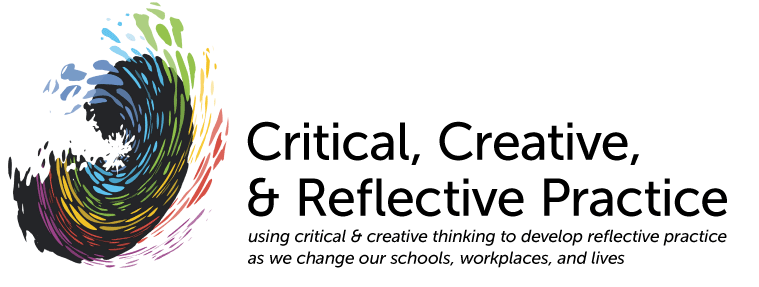Mind mapping, (see Graphic 18) a technique developed by Tony Buzan in the 1960s, has proven to be useful for project development, goal-setting, note-taking, brainstorming, problem-solving and organizing information.
For writers, there are several different ways that mind mapping can be helpful.
- Brainstorming story ideas
- Generating plotlines
- Fleshing out characters
- Making decisions (plot, characters, technique)
- Organizing story details
Applying mind maps to your writing
Take a large piece of blank paper and a selection of pens—use any color you prefer…a variety of colors can be used to help you organize and show connections.
Determine your topic. Begin in the center of the page.
There are a few different ways that you can start your map. If you are looking to generate a new plotline, for example, you can begin with a question—“What obstacles must my characters overcome?” Or if you are fleshing out character details, start in the center of the page with the name of the character.
Begin with your basic ideas closest to the center and draw branches outward, one for each idea. Each branch can then have sub-branches to help build out those topics as well.
Feel free to use various colors and to draw images as you see fit. Try to be neat and to use lines to organize your branches as needed. Look for ways to show associations.
Examples:(see Graphic 18a and 18b)
These examples were generated using mind mapping software, Map It! (www.mapitsoftware.com). I chose to utilize it here primarily for clear demonstration purposes. Using pen and paper is the most traditional way to mind map and is often easier for idea generation and free-association, so don’t feel compelled to purchase software to achieve what may be more effective by hand.
Things to keep in mind:
- Don’t censor yourself. Even if an idea seems silly, it may give you a means to a new idea.
- If you can’t think of a branch off of a particular idea, draw a line anyway and move to a different part of your map. Chances are, you will go back and finish your thought.
- When developing plotlines or making plot decisions, try to utilize key questions: why, what, where, who, when, which and how?
- Feel free to use images, arrows, colors and symbols in your maps. Don’t worry about your drawing abilities.
- Re-ordering your finished map can help provide further organization and ideas while eliminating options you didn’t feel as strongly about.
- If you get “stuck” feel free to leave your map and come back to it later. Incubating your ideas may lead to more interesting ones when you return to your map.
- Explore all possibilities.
- Feel free to use an idea from your mind map to be the central image or question for a new mind map.
Mind mapping can help writers uncover new ideas as they explore their subconscious and the subconscious of their characters. In addition to helping you generate original thought, mind maps can serve as a powerful tool for motivation, helping the writer feel energized to move toward new goals.
Sample questions/ideas for your writing mind maps:
- Generate entirely new plotlines or develop subplots off of existing plotlines.
- What cities will my characters visit and what will happen there?
- Someone is murdered at the theater—what will my character do?
- What are the various professions my character could have when she leaves high school?
- Analyze your characters-
- Strengths Personal history
- Weaknesses Likes/dislikes
- Long-term goals Friends
- Family Hobbies
- Achievements Possessions
- Emotions Interests
- Decision making
- What would happen if I didn’t have Romeo kill Tybalt?
- Where should my characters go after they leave Paris? Why should they go there?
- What would the consequences be of Juliet falling in love with Mercutio instead?
(Original page by Mary Frangie)
